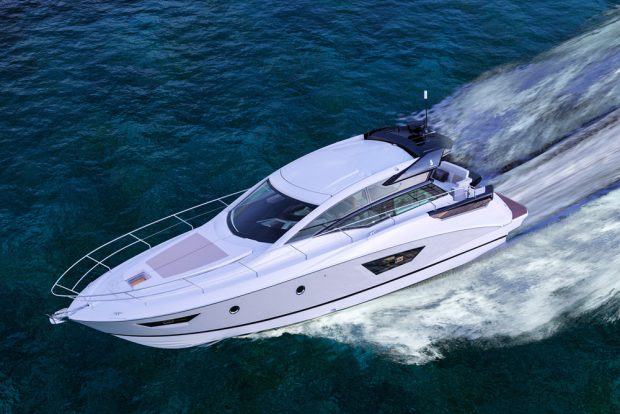Tips for a Successful Boat Fixer Upper Project
When it comes to fixer uppers, most people think houses. But there are plenty of other opportunities to display your handy work – including with boats.


If you’re looking for a challenging yet rewarding project that lets you get your hands dirty and simultaneously acquire the boat of your dreams, this is it.
4 Boat Restoration Tips and Tricks
There are a million and one ways to restore a boat to its former glory. We’re not going to tell you which boat finish to use or what color to paint the hull. Instead, we’re going to give you some underlying principles and techniques you can use to ensure you’re using an intentional strategy that sets you up for success.
1. Budget Your Time and Money
One of the biggest mistakes people make when embarking on a project of this magnitude is failing to properly account for the time and money it requires to restore a boat. Don’t let this happen to you. Plan ahead and budget for copious amounts of both.
The most difficult aspect to budget for is time. However, it’s also the most important. If you go into a project thinking it’s going to take you three weeks, but it ends up taking you five months, you could miss the entire boating season.
From the financial side, a failure to budget could leave you with a half-finished project that you can’t afford to complete. And though it’s impossible to accurately predict what this sort of project will cost down to the precise penny, you should be able to get within 10 to 15 percent.
The key to budgeting time and money is to research on the front end. Not only do you need to research the boat you’re thinking about buying, but you should also speak with other people who have experience restoring boats to see what insights they have.
2. Set Up a Proper Workspace
Having the right workspace to fix up a boat is a must. Unless you happen to have a large backyard, garage, or access to a vacant warehouse, you’re probably going to need to rent a spot. This spot should be affordable and close to home.
A good boat restoration workspace is covered (this keeps your boat protected and allows you to work through the elements). It also has plenty of access to power, good lighting, and (if possible) direct access to water. Good storage is another necessity. You need the ability to safely and securely store all of your boat parts and tools so that you don’t have to haul them back and forth from your house every day.
3. Buy the Right Boat
When searching for used boats for sale, it’s not enough to simply decide on the type of boat you want. You must also consider individual factors that will influence your decision. Once you come across a used boat that meets your basic requirements, be sure to ask pertinent questions such as:
- How have the previous owners treated the boat?
- Have there been any serious accidents or damage?
- What previous repairs have been performed?
- How often has the boat been used?
You want to get a good feel for what the true condition of the boat is. By asking more detailed questions, you’ll start to get the full picture (beyond what you might have seen in the listing).
4. Prioritize Your Projects
Depending on the extent of your boat restoration project, you probably have dozens of individual tasks that need to be done to complete the project. To be as efficient as possible, you need to set up a priority-based task list that allows you to tackle them in the right order.
Start with your end goal and work backward. In other words, if you want to be done with the restoration by April, you’ll need to meet checkpoints and deadlines each week up until April.
Ready, Set, Sail!
Fixing up a boat can be a fun project, but it’s also exhausting. Make sure you’re not pushing yourself too hard or expecting too many results too soon. You can also seek help from professional boat outfitters. Be patient and let the process play out. It will likely take months before the boat is ready to set sail for its new maiden voyage.
In this sort of project, the right perspective is everything.